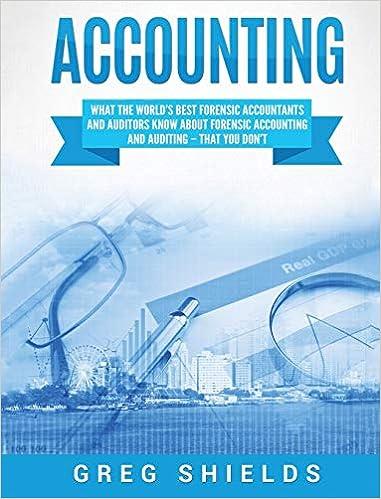Question 37 of 50. Which statement is NOT correct about repossession of a former principal residence? If a taxpayer is eligible for the special rule, the two sale prices are combined and reduced by the face value of the original buyer's obligation, expenses of sale from both transactions, and costs of repossession To be eligible for the general rule, a taxpayer must resell the repossessed property within one year of the date of repossession A taxpayer who sold their property at a loss is not eligible for the special rule. If a taxpayer uses the general rule, the gain or loss on the repossession is the FMV of the property on the date of repossession, reduced by the seller's basis in the obligation and any costs of repossession. Mark for follow up Question 38 of 50. Which seller would have bad debt on a repossession of personal property? Wendi did not use the installment moto and the pala s sobrepossession conge of repossession, the car's FMV was $14,000, Wendi's basis in the obligation was $12.000 and she paid $500 repossession costs. $8,000. Stephen's basis in the obligation was $8,000 and he paid $150 in repossession costs. Mey's basis in the obligation was $2,750 and she paid $100 in repossession costs. Mark for follow up O Stephen did not use the installment method to report the sale of a piano. At the time of repossession, the piano's FMV was Martin used the installment method to report the sale of a pontoon boat. At the time of repossession, the boat's FMV was $6,900. Martin's basis in the obligation was $6,000 and he paid $250 in repossession costs. O Mey used the installment method to report the sale of a necklace. At the time of repossession, the necklace's FMV was $2,500. Question 37 of 50. Which statement is NOT correct about repossession of a former principal residence? If a taxpayer is eligible for the special rule, the two sale prices are combined and reduced by the face value of the original buyer's obligation, expenses of sale from both transactions, and costs of repossession To be eligible for the general rule, a taxpayer must resell the repossessed property within one year of the date of repossession A taxpayer who sold their property at a loss is not eligible for the special rule. If a taxpayer uses the general rule, the gain or loss on the repossession is the FMV of the property on the date of repossession, reduced by the seller's basis in the obligation and any costs of repossession. Mark for follow up Question 38 of 50. Which seller would have bad debt on a repossession of personal property? Wendi did not use the installment moto and the pala s sobrepossession conge of repossession, the car's FMV was $14,000, Wendi's basis in the obligation was $12.000 and she paid $500 repossession costs. $8,000. Stephen's basis in the obligation was $8,000 and he paid $150 in repossession costs. Mey's basis in the obligation was $2,750 and she paid $100 in repossession costs. Mark for follow up O Stephen did not use the installment method to report the sale of a piano. At the time of repossession, the piano's FMV was Martin used the installment method to report the sale of a pontoon boat. At the time of repossession, the boat's FMV was $6,900. Martin's basis in the obligation was $6,000 and he paid $250 in repossession costs. O Mey used the installment method to report the sale of a necklace. At the time of repossession, the necklace's FMV was $2,500







